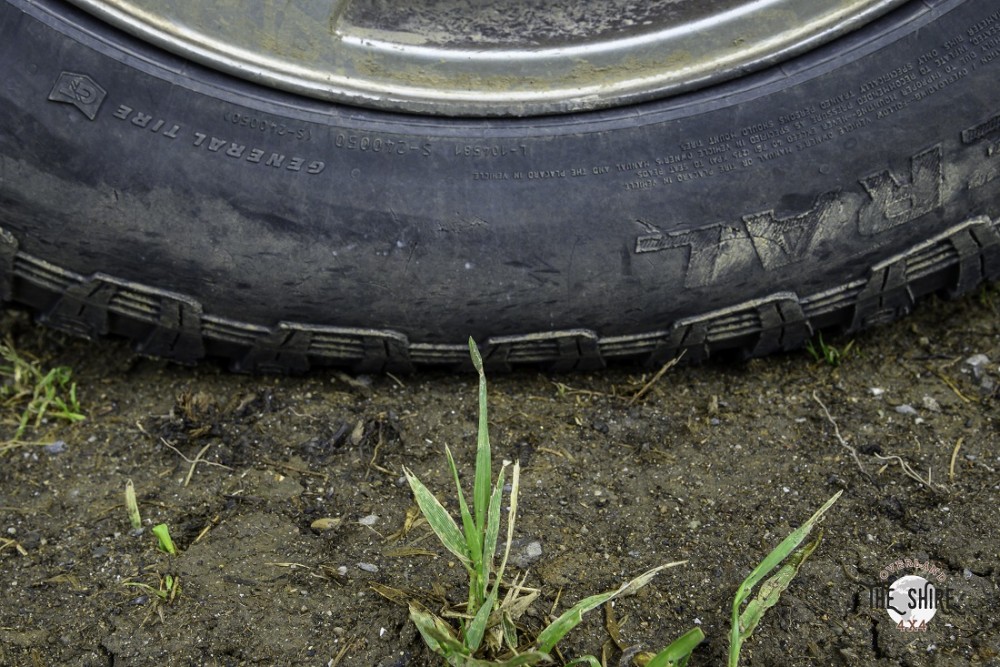
Rethinking tyre pressure
We already talked about this in a previous post. Without going back on everything I said then, I would perhaps like to focus on some specific comment made in it. Here’s the link: Tyre pressure for all-terrain off-road driving | The Shire Overland
Specifically, I’d like to refer to the following: “However, when lowering the pressure, we manage to increase tyre friction with the terrain, and this conversely means that their flanks, their sides, suffer more wear and tear. That’s why on certain stony or mixed terrains where there may be sharp-edged stones, it is in my opinion advisable to use tyres at the pressure recommended by the manufacturer, or even a bit more.”
This opinion had been contrasted with that of some tyre fitters who took the same view. In short, lowering pressure is only advisable when greater tread is needed – in any other case, it can prove to be counterproductive.
As I said, we should perhaps focus this statement on the experience gained by one of us over the last few days in Namibia. I’ll give you the details now.
On the few first days of the route around Namibia, our colleague travelled in a rented car - a Toyota Land Cruiser – of the type that can’t be bought in `[Europe. Without being overcritical, the vehicle was fully prepared for overland journeys in the region, being as it was equipped with extreme mud tyres. The fact of having tyres fitted for muddy conditions with the terrain in Namibia being practically desert caught our attention, although this could be explained by the fact of the journey coinciding with the end of the rainy season. The fact is that our colleague embarked on the trip with, let’s say, normal tyre pressure as recommended for on-road driving.
On the first few days of the route, he had two punctures, both on the rubber flanks. Locals suggested he lowered the tyre pressure at all times and after the two punctures, he decided to heed their advice. Since then, he’s only had one further puncture, albeit this time on the rubber tread band, not on the sides, which meant it was possible to repair.
Having said this, perhaps some explanation should be given as to why it’s always recommended that tyre pressure be lowered on all types of terrain. Personally, I haven’t tended to be in favour of doing this on terrain where there are a lot of sharp -edged stones present, such on as the terrain traversed by our colleague across Namibia.
My previous experience was the opposite - that lowering pressure on this type of terrain considerably increases the risk of puncturing the sides of the wheels - the kind of puncture that is irreparable in most cases.
Maybe it’s time to start changing opinion. However, being the stubborn individual that I am, it may be that I won’t change my opinion at all, to leave some room for doubt. Rather, my idea would be to experiment by alternating normal pressure with lower pressure on this type of terrain. As and when I formulate an opinion based on my own experience, then maybe the time will come to change. For the time being, please allow me to stand my ground.
In any case, I encourage you all to offer your own opinion on this. In fact, what I’d really like, more than an opinion, is to hear about your personal experience and, where appropriate, your opinion, but based on your own experience.
I’ll look forward to hearing about it.